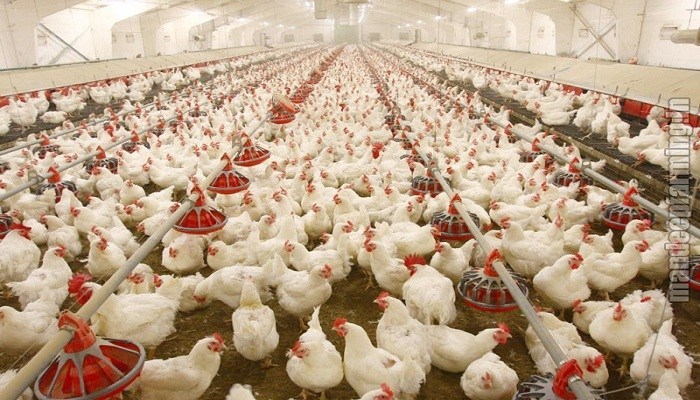Farmland sales continue to smash records. The latest is a record land sale that cashed in at...
HPAI Losses Jump Past 3.66 million in November

The USDA has reported 72 additional cases of avian influenza in the past 30 days, with more likely as bird migration season continues to ramp up.
The latest
To date, more than 63.82 million reported birds have been affected by Highly-Pathological Avian Influenza (HPAI) in 2022 and 2023. Cases are expected to continue rising as the calendar turns to winter due to an uptick in bird migration.
The USDA’s Animal and Plant Health Inspection Service (APHIS) and the Iowa Department of Agriculture and Land Stewardship (IDALS) have reported 72 new cases of HPAI over 21 different states in the past 30 days.
The states affected are:
- Alaska
- Alabama
- Arkansas
- California
- Colorado
- Idaho
- Iowa
- Minnesota
- Missouri
- Montana
- Oklahoma
- Oregon
- North Dakota
- South Dakota
- Tennessee
- Utah
- Washington
A total of 3.66 million birds have been infected in the month of November alone.
How to control the avian flu outbreak
Anyone involved with poultry production from the small backyard to the large commercial producer should review their biosecurity activities to assure the health of their birds, according to USDA. The department has a list of tools producers can use to help with biosecurity measures.
APHIS is working closely with state animal health officials on joint incident responses. State officials quarantined the affected premises, and birds on the properties will be depopulated to prevent the spread of the disease. Birds from the flocks will not enter the food system.
Bird flu detected in Iowa turkey flock
Signs of avian influenza include: birds dying without clinical signs; lack of energy; decreased egg production; soft-shelled or misshapen eggs; swelling or purple discoloration of the head, eyelids, comb, and hocks; nasal discharge; coughing; sneezing; incoordination; and diarrhea. USDA has a resource with images to help identify discoloration and other clinical signs.
If farmers have a bird they believe has passed away because of avian influenza, state officials encourage them to double bag the bird and refrigerate to preserve it for testing.
Avian influenza is not a foodborne illness and does not pose a food-safety risk.
EDITOR’S TAKE:
We apologize for reporting on “Bird Flu” or HPAI so frequently, but just when you think it has died down, it rears its ugly head again. Obviously, we believe this is serious with impacts that are felt across the nation. Yes, the birds are lost and quarantines are put in place which have a direct impact on the poultry producer. Beyond that, such a severe reduction in supply puts a strain of availability at the packing and retail levels. This generally leads to higher prices, at least temporarily, for consumers. Please be aware of any poultry producers in your area who are dealing with this serious threat.








